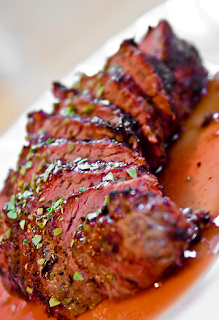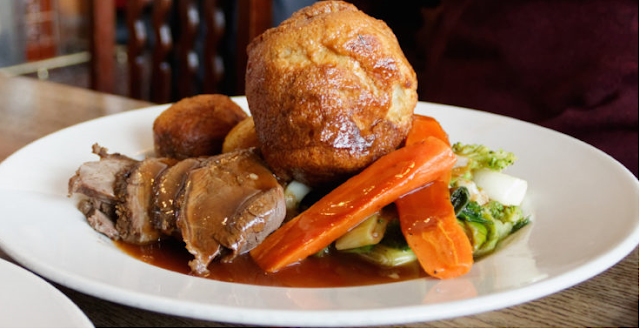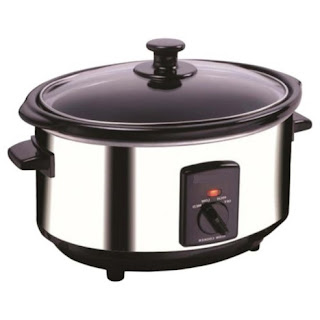SUNDAY ROAST DINNER IN THE MICROWAVE The Roast Dinner on a Sunday, Mid-Week or even Christmas Day can be quite a task. The trick is to make sure that everything on the plate is piping hot and your onto a winner. Older generations have the view that the Roast Dinner is something a bit special, especially those who lived through the years where food was on the ration, where plates were rarely filled up for over a decade as rationing continued for nine years after the end of world war 2. Due to the respect of the Roast Dinner, it is considered to be Englands National Dish. The french actually refer to us as Ros Bifs (Roast Beefs) The origins of the Roast Dinner are from people basically cooking a large meal for after church on a Sunday. Some families would fast before going to church, and would required a large meal for later. The meat would cook while the family were at the church service, and the veg was cooked when they returned. During the ...
Popular posts from this blog
Slow Cooker Recipes Like a lot of people, I own a slow cooker, and I love using it. It surprises me how many people tell me that they never use theirs. The things that you can do with your slow cooker are amazing. Stews, casseroles, curry's, slow cooked meat, stroganoff, pasta, etc, etc, etc. First things first, This is similar to mine Not expensive, and has three settings, warm, low and high. Lets say that you have a piece of meat that you want to slow cook, beef or maybe pork. what I do is seal the meat in a large iron skillet then put into the slow cooker. Pour hot water in until it just covers the meat, then two halves of onion, a chicken or veg stock cube, a stick of celery and a carrot sliced up the middle. finish with a bay leaf and leave it for about an hour per kilo. I just leave it for about five hours, checking every two or three hours, the longer you leave it, the softer it is. This is a good way of making pulled pork. ...







Comments
Post a Comment